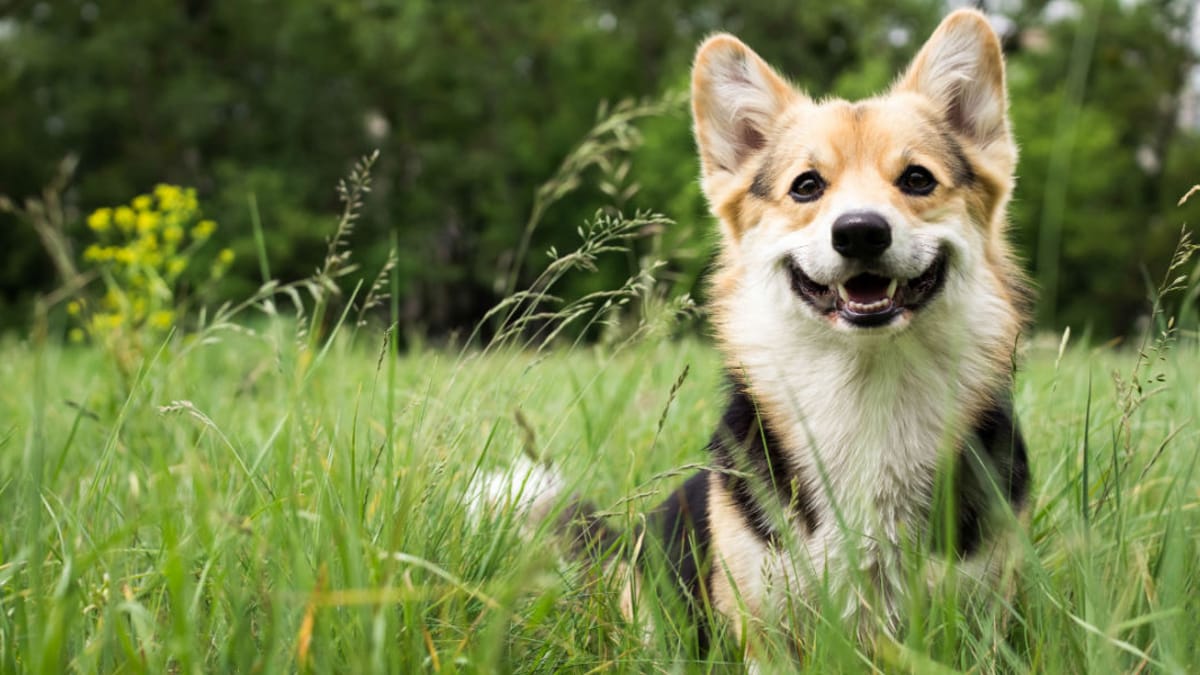On the occasion of International day of happiness of March 20, we face a very common topic, but which is still not very clear today.
In this article, first of all we will clarify what is meant by emotion and then, later, we will analyze in detail whether dogs experience primary emotions and which ones.
What does emotion mean?
By this term we mean a affective reaction, more or less intense, with a transient duration, which occurs in response to a stimulation from the environment. It is a subjective mental experience: each subject is able to experience different moods when confronted with the same stimulus.
Do dogs feel emotions?
Like most mammals, dogs have emotions. Our faithful four-legged friends they have emotions in common with us tooonly that they demonstrate them in a way that is not always understandable to us humans.
Indeed, such signs can be subtle and not easily available. Only careful knowledge and observation of one’s faithful companion can help to find these often subjective signs.
What emotions does your dog experience according to science?
Pets experience the same basic emotions as humans:
- Sadness
- Relief
- Gioia
- Fear
- Anger
- Frustration
Our faithful four-legged friends they do not experience complex emotional reactions such as shame. These emotions are essential in the education process as they encourage (the animal, as well as humans) to adopt a certain behaviour.
For example, fear drives our furry friends to seek shelter, while positive feelings generated by contact, affection and caresses encourage the development of a strong relationship with the ownerwith man in general or with other specimens.
Dog emotions: how does your pet express them?
The dog demonstrates its emotions in a way that is not always obvious. In this section we see specifically what they are the most common ways dogs share them with us. Of course, every subject is unique and thinking you can standardize an expression is not possible. Generally speaking, however, a dog can display an emotion as follows.
Attention: Knowing how to recognize what kind of emotion our dog is feeling is very important in order to be able to protect him and take care of him in the best possible way. Careful observation of the animal can be of great help in understanding which are the more or less obvious signs of discomfort.
Joy in the dog
The Joy is one of the easiest emotions to identify. The eyes change into a sweet expression, the forehead is relaxed and has a tendency to come towards you carried by the head. Also, a joyful dog wags its tail frantically as if it were a whip waving in mid-air from right to left.
Dog peeing when excited
A particularly excited dog often cannot hold his pee. How many owners have it happened to return home after a day at the office and find their pet in front of a party that, due to happiness, has not been able to hold back the urine?
It is usually a matter of a few drops and, generally, this attitude occurs in the puppy dog. If the urine should be a lot and if the attitude should continue in old age, contact the vet.
Loss of appetite or phobias: symptoms of sadness in dogs
A sad dog or sore does not demonstrate this emotion as we humans. If, for example, a family member passes away, Fido may respond to this mourning with loss of appetite, lethargy and fear. It’s about the canine way of expressing depression.
The dog hides
When Fido is scared he demonstrates this by hiding, usually, between the master’s legs or under a bed, a table or a place that is not easy to reach. If the dog behaves in this way it could be due to loud noises (fireworks, a truck passing near the house, the noise of a train, etc.) or because he is afraid of some household appliances (hairdryer, vacuum cleaner, blenders , etc.).
Gets angry
Anger it is a necessary emotion that allows a subject to manifest malaise, but also to resolve conflicts. Learning to recognize it is important because, in some cases, it is very similar and can be confused with excitement: two dogs playing together in an animated way can get scared and end up getting angry.
Observing your dog carefully helps you understand when his bark or his body language shows anger: if he prepares to attack and growls showing his teeth is not a good sign!

